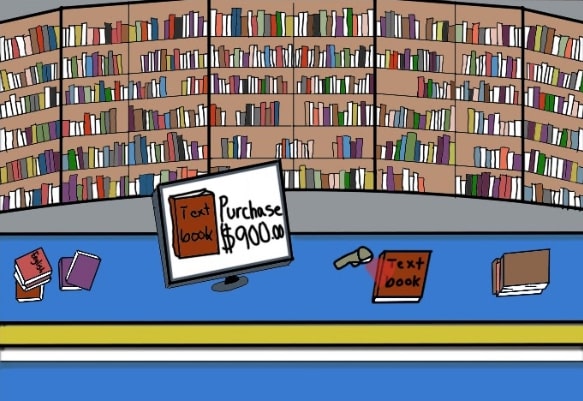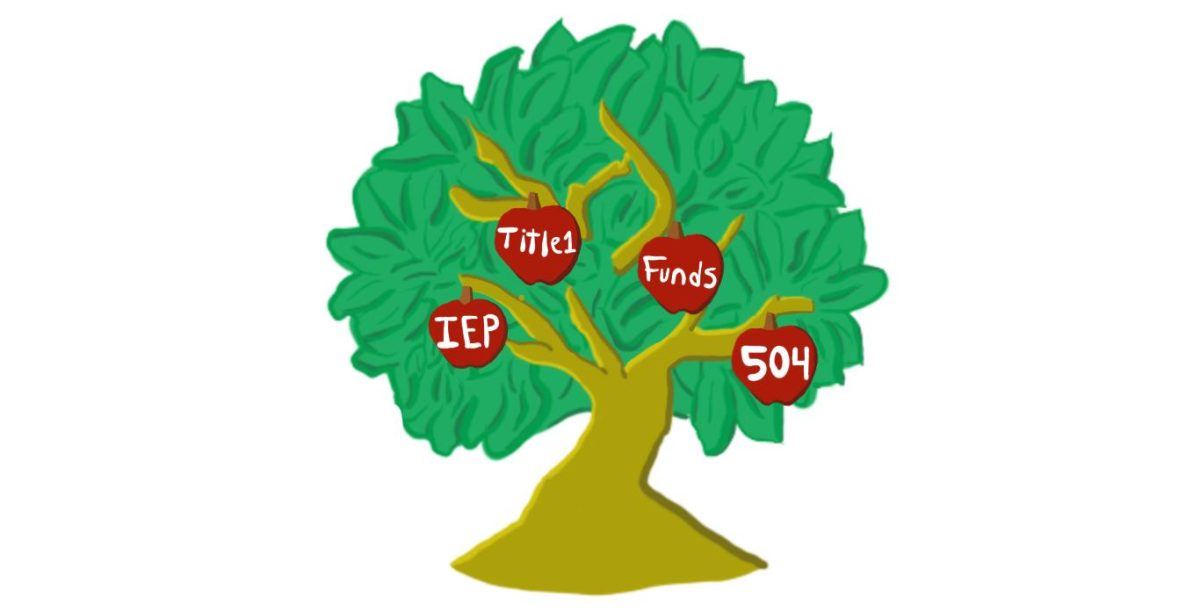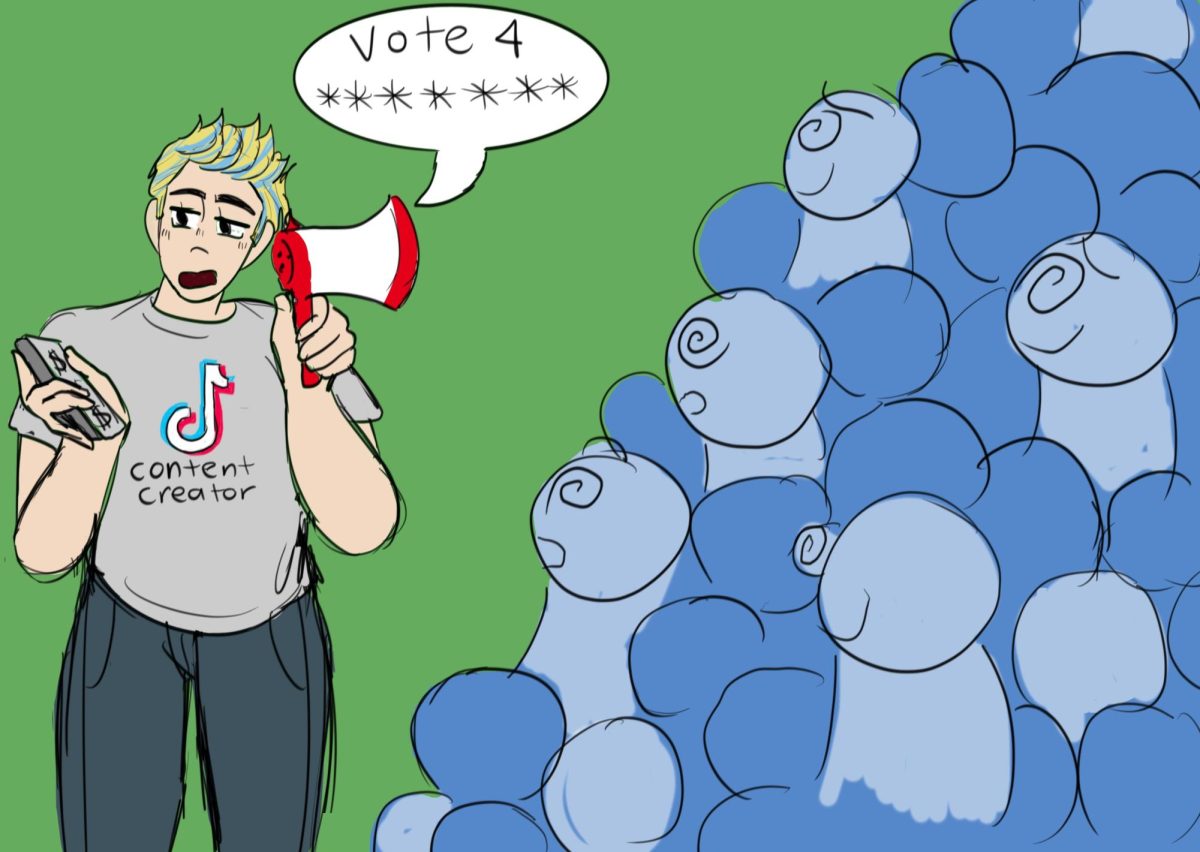In the world of higher education, the pursuit of knowledge is often hindered by a persistent financial burden borne by students. Students covering the costs of textbooks from out of their own pockets has become a contentious issue. Despite the rising costs of education, many schools have failed to address the financial strain that is imposed onto students by neglecting to offer comprehensive assistance for acquiring course materials.
As a result an alarming number of students find themselves grappling with the financial strain that appears to prioritize profit over the educational accessibility of its learners. This issue raises concerns about the distribution of educational resources among California colleges and universities, which results in the discussion if colleges should be the one paying for students’ textbooks.
According to Should College Textbooks Be Free? College Textbook Prices Explained, an article written by Miranda Marquit, states that the “U.S. Public Interest Research Group (PIRG) found that 65% of students skip buying textbooks and that food-insecure students were more likely than their peers to skip buying access codes to digital course materials.” The increasing trend of students forgoing the purchase of textbooks is intricately tied to the financial instability that this mandatory expense creates in their lives. In many cases, these individuals are already juggling multiple challenges such as tuition fees, housing costs and other essential expenses.
The skyrocketing prices of textbooks further puts a strain in finances, forcing students into a difficult choice between purchasing daily essentials and acquiring materials crucial for their academic advancement. The stark reality is that a considerable number of students simply cannot afford to allocate funds for textbooks without compromising their ability to meet their basic needs.
California colleges’ textbooks vary depending on the courses and do not have an equal cost. The news article, The high costs of college textbooks, explained that “books for humanities courses like art history tend to cost less than those for STEM courses like chemistry or calculus.” The lack of uniformity in textbook prices across college courses creates a glaring inequality that adversely affects students and perpetuates an unfair financial burden within the academic community. Allowing for uniformity in textbook costs, colleges paying for textbooks could deliver as a solution to unequal textbook prices for several different financial backgrounds.
Covering the costs of textbooks puts an extra weight on students’ shoulders as it leads to more work hours, in order to meet the payment requirements of textbooks. The article, Students \shouldn’t have to pay for college textbooks” states, “California minimum wage is $10.50 an hour which means, on average, students would have to work 119 hours to earn enough money to pay for books.” As the average cost of textbooks meets $1,250 many would have to spend more hours working. As the payment of many jobs remains relatively low in California, students find themselves needing to dedicate a substantial portion of their time to part-time employment in order to afford the educational materials they need.
The need to work longer hours not only places an additional burden on students who are already grappling with demanding academic schedules, but also contributes to heightened stress levels. Students may find themselves navigating a balance between academic responsibilities and financial limitations, resulting in constant stress that can hinder their ability to fully engage in their studies.
By providing financial aid, California colleges have the opportunity to reduce the stress and barriers associated with needing to cover the high costs of course materials like textbooks. Such a proactive measure not only fosters a more inclusive supportive learning environment but also ensures that educational pursuits are not compromised by financial strains.








